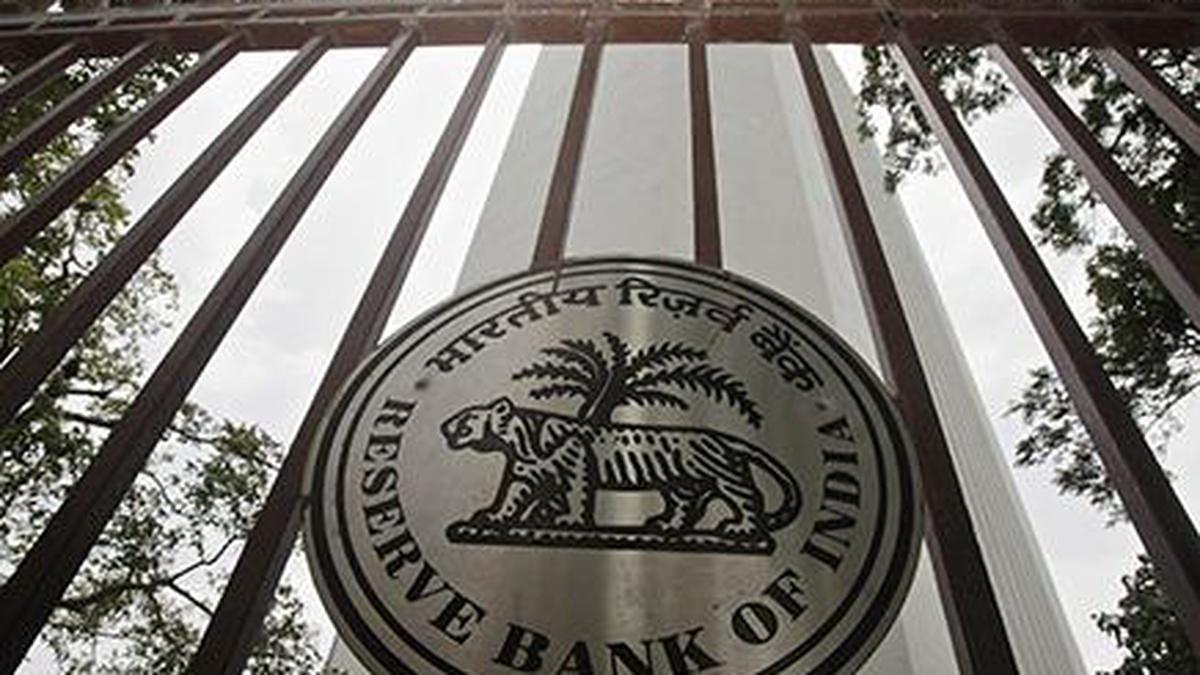Understanding RBI’s Framework for Resolution of Stressed Assets: Compliance Guide for Lenders
Introduction
The Reserve Bank of India’s Master Direction on Resolution of Stressed Assets establishes a comprehensive framework for early identification and resolution of financial distress in borrower accounts. This forward-looking regulatory approach aims to minimize value deterioration in stressed assets and ensure timely intervention before defaults escalate into non-performing assets.
What is the Resolution of Stressed Assets Framework?
The Resolution Framework provides structured guidelines for lenders to identify early signs of stress in borrower accounts, implement standardized resolution plans, and ensure timely implementation through legally binding agreements. It encompasses early identification, independent credit evaluation, inter-creditor agreements, and implementation monitoring to maximize resolution effectiveness.
Why is a Structured Resolution Framework Required?
- Minimizes the build-up of non-performing assets in the financial system
- Ensures coordinated approach among multiple lenders to a common borrower
- Provides legal certainty for resolution implementations
- Establishes accountability and timelines for resolution actions
- Prevents evergreening of problematic accounts through disguised refinancing
Key Requirements Under the Resolution Framework
Early Identification and Reporting
- Implementation of incipient stress recognition systems
- Review of accounts showing early warning signals
- Special Mention Account (SMA) classification and reporting
- Mandatory Central Repository of Information on Large Credits (CRILC) reporting
- Stress testing of large exposures
Resolution Plan (RP) Requirements
- Time-bound approach for resolution implementation
- Minimum features for viable resolution plans
- Independent credit evaluation for large exposures
- Financial and operational restructuring options
- Interim finance provisions during resolution period
Inter-Creditor Agreement (ICA)
- Mandatory signing of ICA by all lenders
- Decision-making thresholds for resolution approval
- Dissenting lenders provisions and protections
- Information sharing protocols among consortium members
- Dispute resolution mechanisms
Implementation Monitoring
- Specific timelines for resolution implementation
- Consequences of resolution failure
- Monitoring committees for complex resolutions
- Performance tracking against resolution milestones
- Provisioning consequences for delayed implementation
Prudential Norms
- Asset classification during resolution period
- Additional provisioning requirements
- Upgrade conditions post-successful resolution
- Income recognition norms for restructured accounts
- Capital adequacy treatment for restructured exposures
Applicability Across Financial Institutions
Scheduled Commercial Banks
- Full implementation of all framework provisions
- Lead role in consortium/multiple banking arrangements
- Implementation of advanced early warning systems
- Detailed CRILC reporting requirements
NBFCs by Asset Size
- NBFC-Upper Layer: Requirements similar to scheduled commercial banks
- NBFC-Middle Layer: Modified signing thresholds for ICA
- NBFC-Base Layer: Simplified early identification requirements
- Proportionate implementation based on exposure size
Small Finance Banks
- Modified thresholds based on smaller loan sizes
- Simplified documentation for micro and small enterprise exposures
- Core requirements for larger corporate exposures
- Specialized approaches for priority sector exposures
Asset Reconstruction Companies
- Special role in resolution as potential resolution applicants
- Modified voting rights provisions in ICA
- Security receipt issuance guidelines for resolved assets
- Recovery performance reporting requirements
Penalties for Non-Compliance
- Increased provisioning requirements for non-implementation
- Mandatory referral to Insolvency and Bankruptcy Code (IBC)
- Enhanced supervisory engagement and scrutiny
- Impact on bank/NBFC regulatory ratings
- Monetary penalties for repeated violations
Recent Updates and Amendments
- COVID-19 Resolution Framework modifications
- Revised prudential norms for specific sectors
- Pre-packaged insolvency resolution process integration
- One-time restructuring schemes implementation
- Resolution frameworks for MSME sector
Industry Best Practices
- Advanced analytics for early stress detection
- Specialized workout teams for resolution implementation
- Senior management oversight of resolution processes
- Industry-specific resolution approaches
- Post-resolution monitoring mechanisms
Conclusion
RBI’s Resolution Framework represents a paradigm shift from a reactive approach to a proactive stress management system. Financial institutions that embrace both the letter and spirit of these regulations by implementing robust early warning systems and agile resolution mechanisms will be better positioned to manage asset quality while supporting viable businesses through temporary financial difficulties.














